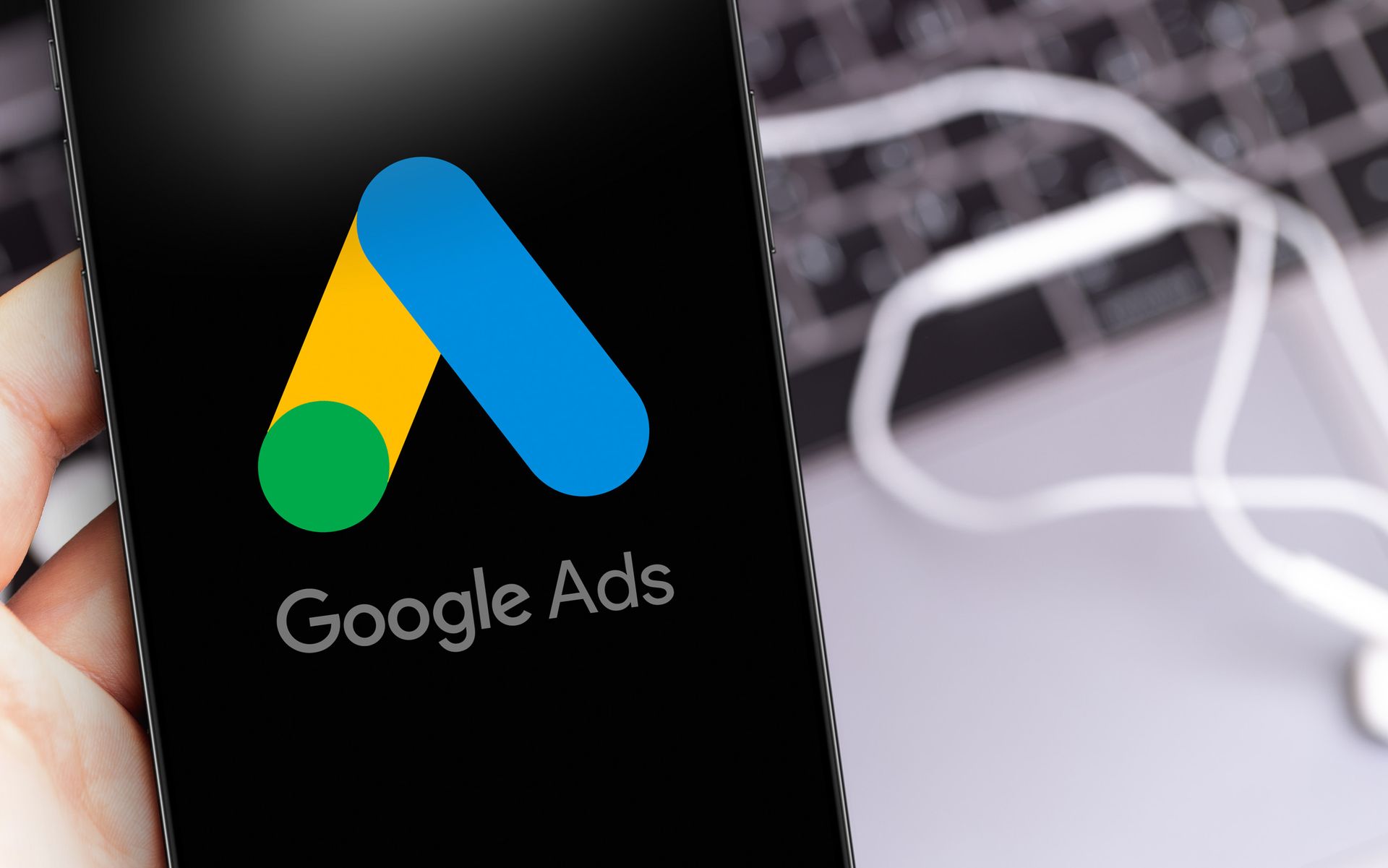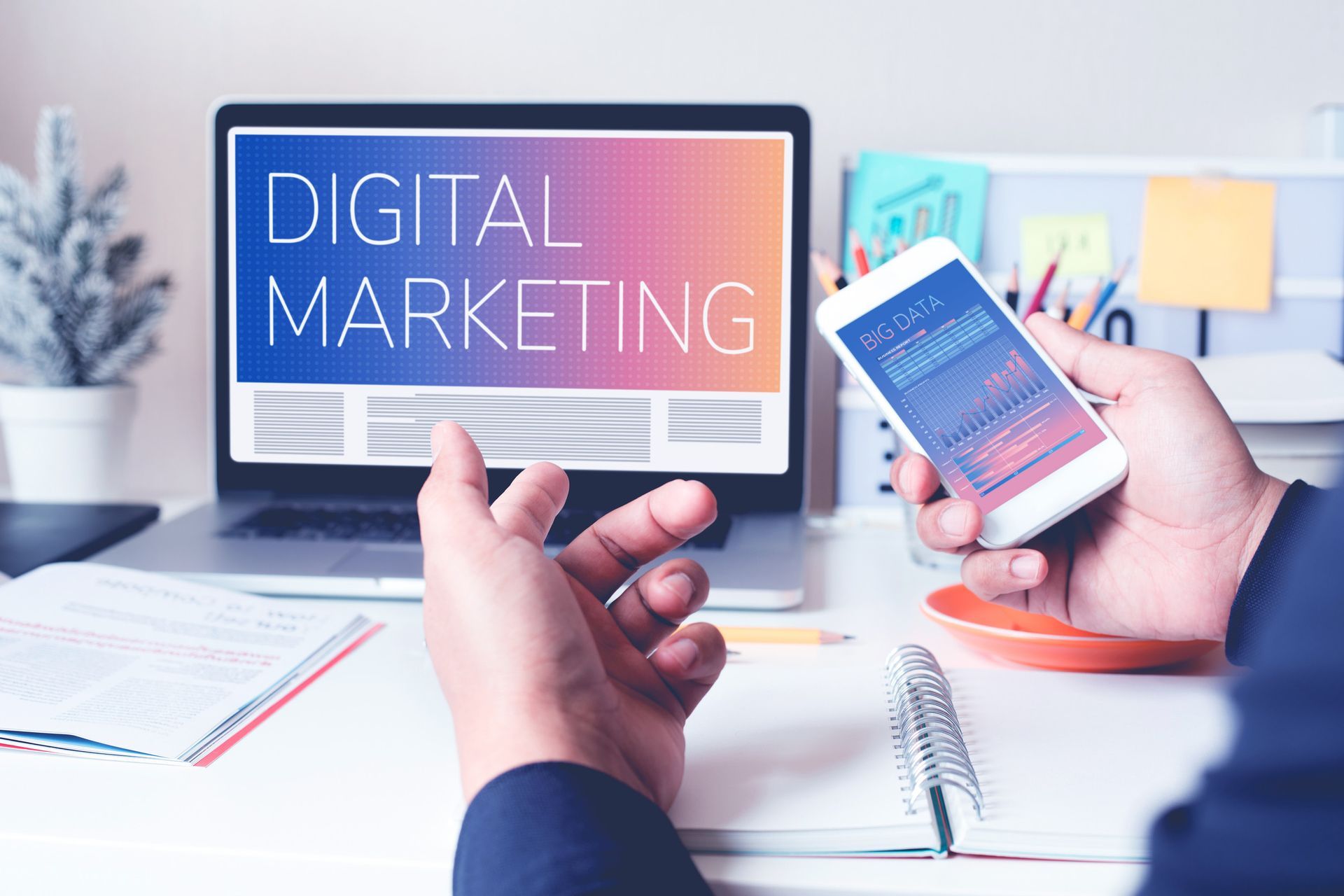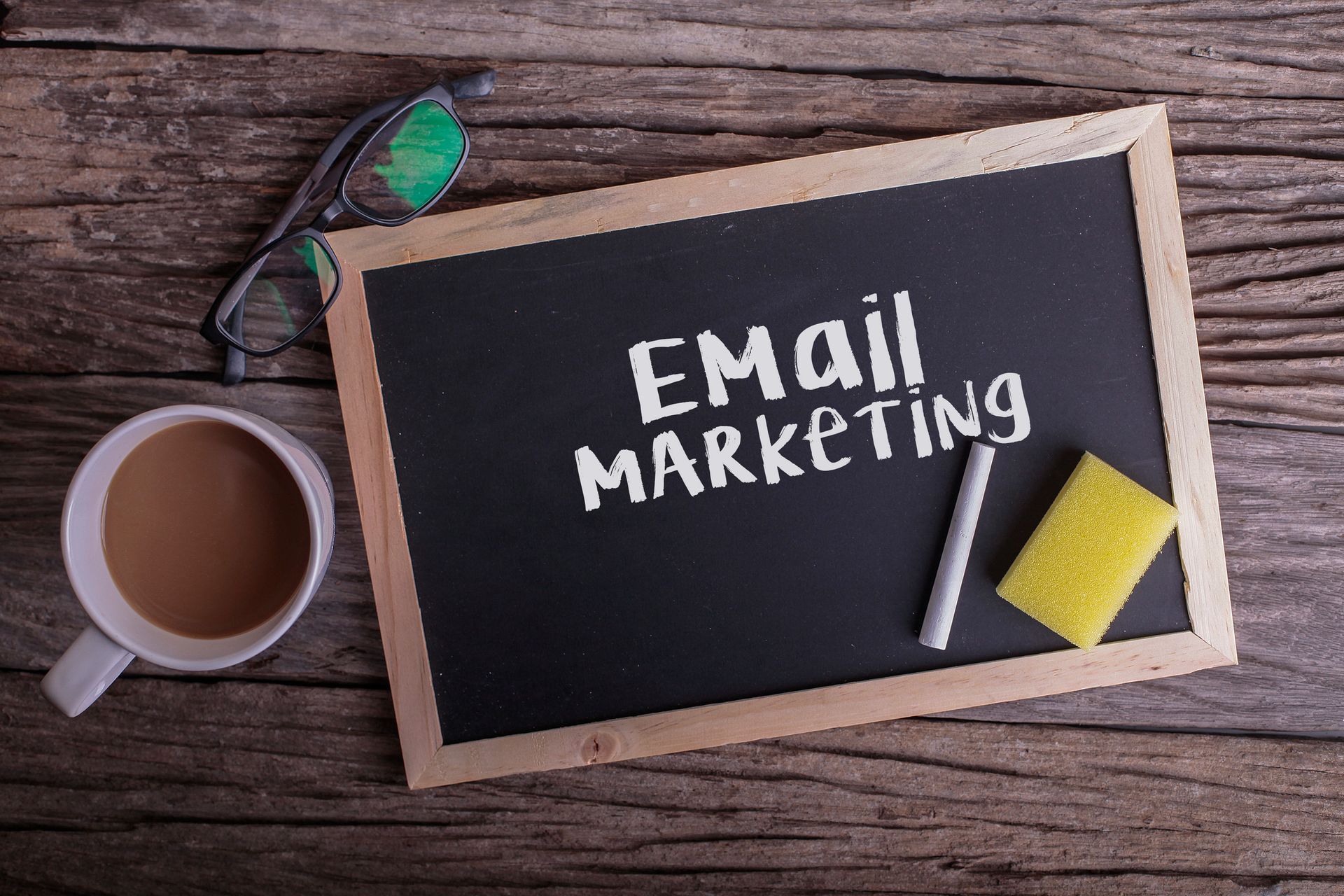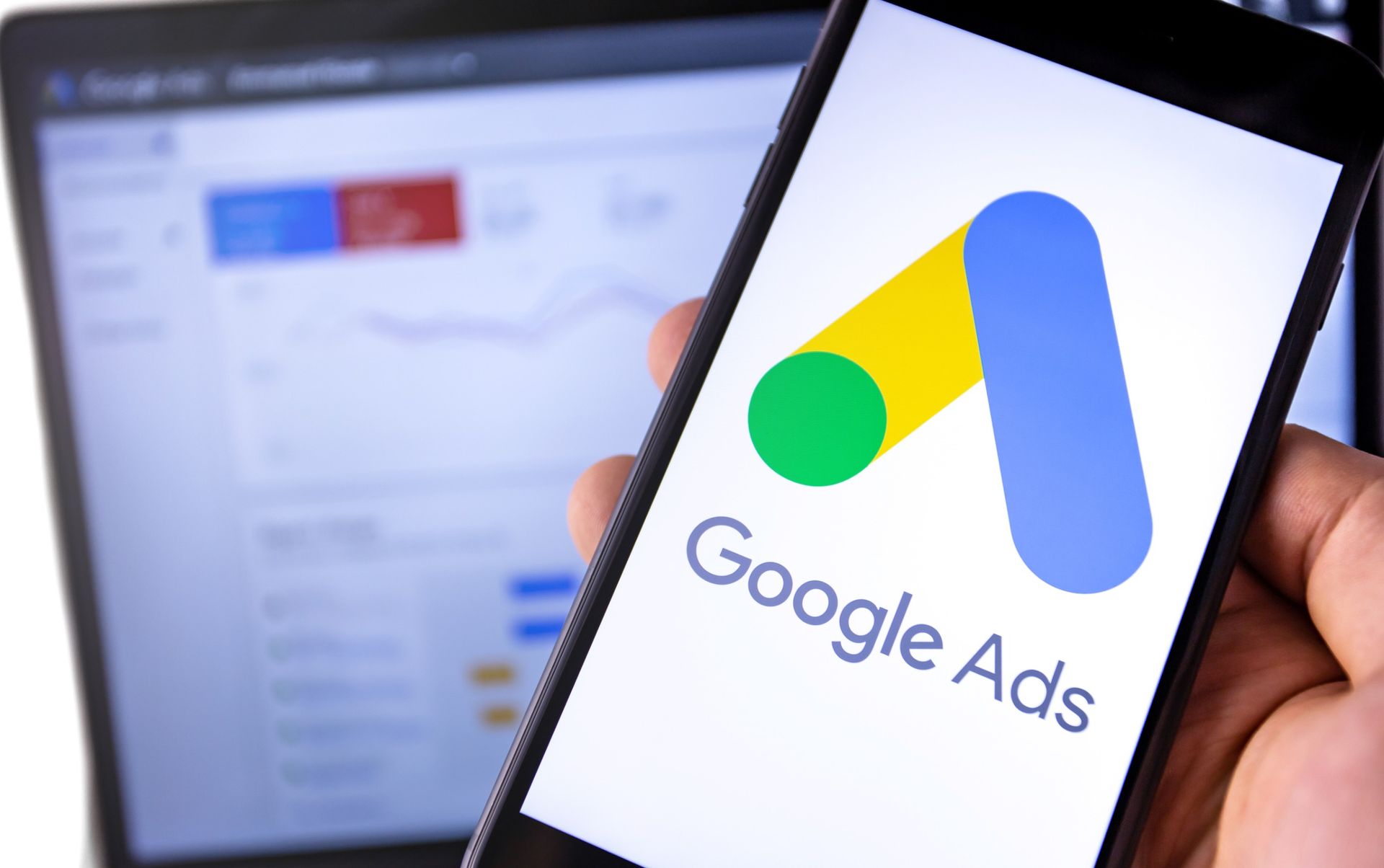Luminary Mark
Top Digital Marketing Trends to Watch in 2025 and Beyond
Digital marketing continues to evolve rapidly, and adaptability has become key for businesses that want to remain competitive.
Looking ahead to 2025 and beyond, technological advancements, shifting consumer behaviors, and emerging best practices are reshaping the marketing landscape. From artificial intelligence to evolving content preferences, these trends are shaping the future of digital marketing.
This blog explores the top trends that will define digital marketing strategies in the years to come. If you’re looking to stay a step ahead and harness the power of these innovations, this guide is for you.
The Rise of AI-Driven Marketing
Artificial intelligence (AI) is no longer confined to futuristic dreams—it has become an integral part of digital marketing strategies. By 2025, AI will be embedded across the marketing ecosystem, offering smarter insights, automation, and personalization.
AI-Powered Personalization
Customers today expect relevant and personalized experiences. AI algorithms analyze massive datasets to deliver tailored recommendations, dynamic content, and personalized emails—boosting engagement and conversion rates. For example, companies like Spotify use AI to recommend playlists based on listening habits, creating a seamless and customized user experience.
Chatbots and Conversational Marketing
AI-powered chatbots will continue to rise in popularity. These conversational tools allow businesses to engage customers 24/7, answer queries, and even assist with purchases in real time. What’s more, advancements in natural language processing (NLP) mean that chatbots can provide more human-like interactions than ever before.
Predictive Analytics and Insights
Predictive analytics leverages machine learning to analyze customer data and predict future behaviors. This helps marketers optimize campaigns, predict sales trends, and identify high-value leads with greater accuracy. Integrating predictive analytics into your strategy will be essential for staying ahead of the competition.
Video Content Will Dominate Engagement
Video content is expected to remain one of the most engaging and effective formats for reaching audiences.
Short-Form Videos Reign Supreme
Platforms like TikTok and Instagram Reels have made short-form video the go-to format for many brands. Its quick, punchy nature captures attention in seconds, aligning perfectly with decreasing attention spans. By 2025, marketers must develop strategies to consistently create video content that informs, entertains, and converts.
Live Streaming for Authentic Connections
Live streaming has proven to be a powerful tool for building trust and fostering real-time connections. Whether it's behind-the-scenes tours, live Q&A sessions, or product launches, live videos allow brands to showcase authenticity and interact directly with their audiences.
Interactive Video Experiences
Want to keep your audience engaged? Interactive videos, which allow viewers to make choices within the content, like selecting product features or navigating a storyline, are poised for mass adoption. These experiences offer both entertainment and higher engagement rates.
Voice Search Optimization Goes Mainstream
By 2025, voice search will grow exponentially as smart speakers and voice assistants become ubiquitous. Businesses should adjust their SEO strategies to account for conversational, voice-driven queries.
Conversational Keywords
Voice searches are typically phrased conversationally, such as “What’s the best Italian restaurant nearby?” rather than “Italian restaurant near me.” Targeting these types of long-tail keywords will make your content more discoverable.
Local Optimization for Voice Search
Voice searches often have a local intent (“Where can I find a coffee shop near me?”). This makes local SEO, like optimizing Google My Business and incorporating location-specific keywords, even more essential in the coming years.
Audio-Added Strategies
Voice search isn’t limited to optimizing websites. Brands can integrate voice marketing elsewhere, such as creating branded skills for assistants like Amazon Alexa or Google Assistant. These voice-based extensions can drive more traffic and provide unique customer experiences.
Sustainability and Ethical Marketing
Consumers are increasingly drawn to brands that prioritize sustainability and ethical practices. Digital marketing strategies will need to align with these values.
Transparency and Accountability
Showcasing your brand’s commitment to ethical practices—such as reducing waste, using sustainable packaging, or supporting social causes—can build trust and loyalty. Consider sharing behind-the-scenes content that highlights how your company is making a difference.
Green Content Marketing
Create valuable content around sustainability topics to position your brand as a leader in the space. Blogs, videos, and infographics covering topics like eco-friendly practices within your industry can help attract an engaged audience.
Eco-Friendly Advertising Practices
From using carbon-neutral platforms to opting for sustainable digital channels, brands are beginning to adopt eco-friendly strategies in their ad spend as well.
Influencer Marketing Evolution
Influencer marketing will continue to thrive into 2025, but it’s taking on new forms.
Rise of Micro-Influencers
Unlike celebrity influencers, micro-influencers (those with 10,000–50,000 followers) offer highly engaged niche audiences. These influencers are generally seen as more relatable and authentic, making them ideal partners for smaller brands or niche campaigns.
Data-Driven Influencer Campaigns
AI and data tools allow marketers to measure influencer performance with incredible detail. Tracking metrics such as ROI, follower engagement rates, and sales conversions will make influencer campaigns far more strategic.
Virtual Influencers
Virtual influencers—computer-generated personalities with lifelike appearances—are gaining popularity. Because they offer complete control, brands are starting to use virtual influencers to represent their values, without the unpredictability associated with humans.
Privacy-First Marketing Strategies
Changes to privacy laws and the end of third-party cookies are forcing marketers to rethink how they collect, track, and use customer data.
First-Party Data Collection
To remain competitive, businesses must prioritize first-party data—information collected directly from customers via email sign-ups, loyalty programs, and surveys. This type of data allows for compliance with privacy standards while still offering personalized marketing.
Context-Based Advertising
Without third-party cookies, contextual advertising will gain traction. This method places ads on sites relevant to the user’s current activity (e.g., displaying running shoe ads on a fitness blog) rather than relying on personal tracking.
The Emergence of the Metaverse
Though still in its infancy, the metaverse is shaping up to be the next frontier for digital marketing.
Branded Virtual Experiences
Expect to see brands creating immersive experiences within virtual environments. Think virtual stores, branded games, or virtual event sponsorships.
NFTs as Marketing Tools
Non-fungible tokens (NFTs) allow brands to offer exclusive items or experiences to their audiences. For example, fashion brands might release limited-edition virtual clothing that can be worn in the metaverse.
Preparing for the Future of Digital Marketing
The trends outlined above are poised to transform digital marketing in 2025 and beyond. From leveraging AI to driving personalized customer engagement, video dominance, and sustainability, now is the time to adapt.
As marketing continues evolving, businesses that are agile and proactive in implementing these strategies will be the ones to thrive.
By staying informed and integrating these trends into your strategy, you can stay ahead of the competition.
Ready to take your brand to the next level?
Stay up to date with these trends and watch your conversions soar. For any further assistance, Luminary Mark is here to help. Our team of experts specializes in crafting strategies that will help you thrive in the complex world of marketing.
Are you searching for a digital marketing agency in Pennsylvania? Reach out to us today and discover how we can help you surpass the competition and achieve outstanding results. Don’t wait for success to come to you—be the one who leads the way.
Luminary Mark
We are the premier digital marketing solution in Pennsylvania. Contact us today to get your free, no-obligation consultation!
Business Hours
- Mon - Fri
- -
- Sat - Sun
- Closed









